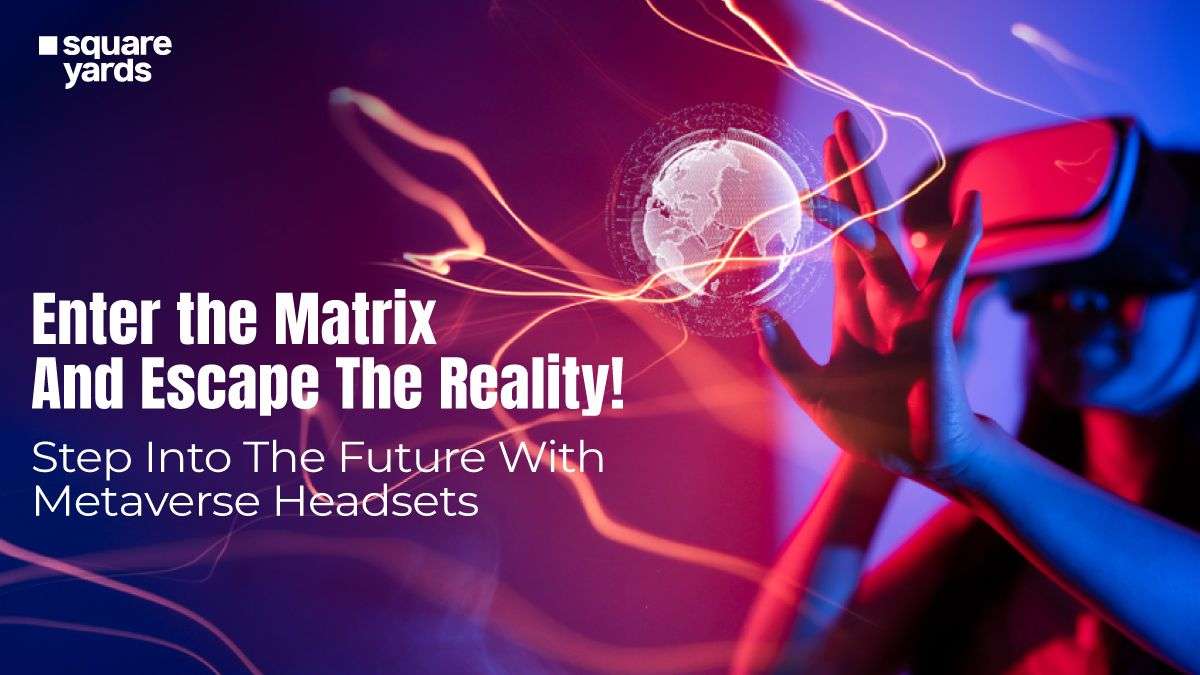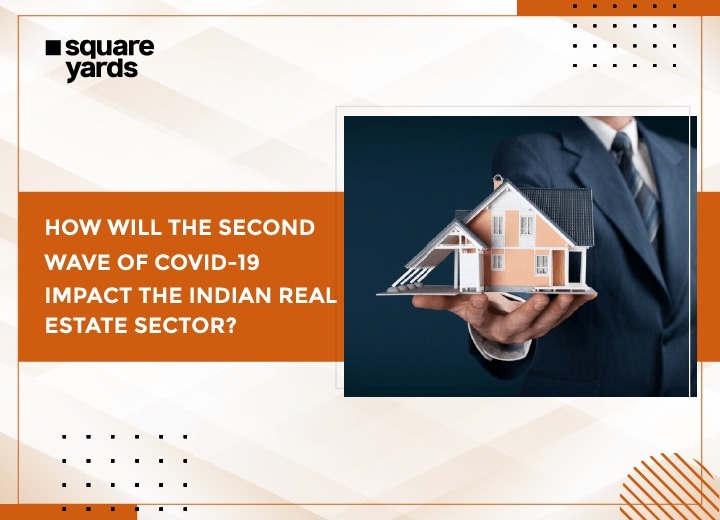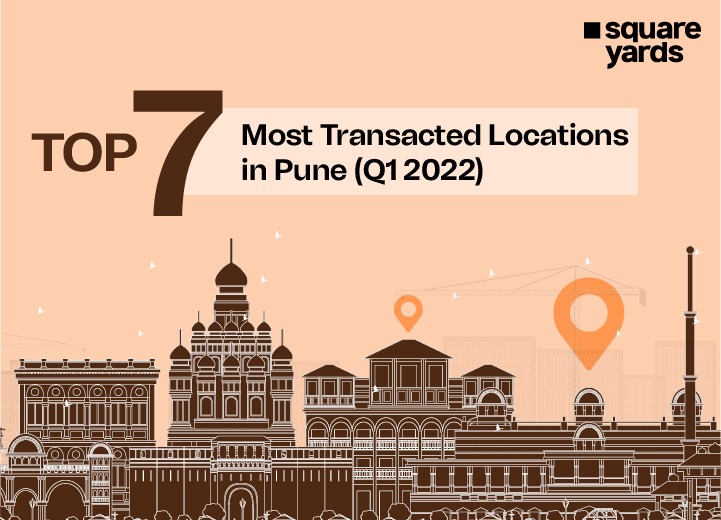Now, daydreamers will relate to what we explain in this blog today! But the only difference is we will be referring to a device that helps you skip reality!
As fast as our world is escalating towards a futuristic environment, it won’t be long before the word daydreaming washes off our dictionaries. Sorry dreamers! But when we talk about virtual reality, we assume it is real when we look at it, right? Even though it might not be, our conscience tells us that.
Metaverse headsets bring a virtual playground before your eyes and create opportunities for different verticals like manufacturing, music, gaming, sports, real estate, tourism and even healthcare.
Without any further ado, lets see what virtual reality stands for and what metaverse headsets offer.
Table of contents
What is Virtual Reality?
To understand VR, imagine: you wear a device – often a headset – that replaces your natural environment with a digital one; interesting, isn’t it? Twists your head, right?
It’s like stepping into a video game or movie, where you can look around, walk, and sometimes even interact with objects. This isn’t just watching; it’s experiencing a completely immersive digital world. That’s VR for you!
Metaverse Headsets and their Features
Metaverse headsets offer a world like no other; with exceptional resolution quality of 2160×2160 per eye the virtual experience will be just out of the world! Quite literally. Metaverse headsets also utilise various sensors like gyroscopes, magnetometers, and accelerometers. Devices that are built with vision correctors, variable focus adjustments, eye tracking, and distortion correction with HDR visual realism and facial reconstruction, we think a lot is happening in just a futuristic eye mask.
| Metaverse Headsets VS Other VR Headsets | |
| Metaverse headsets are enhanced and improved versions of a simple VR set. | The first set of VR headsets didn’t have many features to keep you up and running. |
| Metaverse headsets offer an 1832×19220 pixel composition with regular updates. | Older VR headsets had lower pixel-per-eye resolutions of 1440×1600. |
| Metaverse gives highly immersive experiences. | The screen refresh rate was 72Hz to 90Hz. |
| New sets are lightweight. | VR Headsets can be bulky to wear and heavy for longer period uses. |
| Improved RAM size, battery capacity and storage. | A decent storage limitation, battery time and slower compared to Metaverse sets. |
The Emergence of VR in Real Estate
The real estate industry, primarily known for its traditional brick-and-mortar approach, has welcomed technology into its folds. Needless to say, VR has been one of the most significant integrations in recent years. A report by Goldman Sachs predicts that the VR market in real estate could reach $2.6 billion by 2025. From initially using 2D images and 360-degree videos, the industry embraces VR for its remarkable ability to create lifelike, immersive experiences.
Role of VR in Real Estate
So, what role does VR play in real estate? Well, it’s no less than a protagonist. With VR property tours, clients can “visit” properties without physically being there, removing geographical boundaries. Remote property viewing has gained even more relevance in the current pandemic situation.
And we don’t think today’s generation would like to get up in between their Netflix and chill to go look at properties. We only do our iced coffee on the go!
Moreover, VR meetings enable realtors and clients to discuss properties in an interactive environment. For architects and builders, VR architectural visualisation allows for realistic presentations of yet-to-be-built properties. For instance, if you’re an architect showcasing a design to a client, Instead of using a 2D blueprint, you could use a VR headset to walk them through a fully-fledged digital version of the building. This way, they get a real sense of space and aesthetics simultaneously.
What are the Benefits of VR Technology in Real Estate?
The advantages of VR in real estate are multifold. It saves time by allowing prospective buyers to view multiple properties without travel. It reduces costs as there’s no need for staging properties. Plus, VR has a certain appeal to the younger, tech-savvy demographics. VR also broadens the market reach. A realtor in New York can show a property to a buyer in Tokyo just as easily as they could to someone down the street.
Best Metaverse Headsets in 2023
Every other brand nowadays is developing metaverse VR set technology to advance and grow to provide their customers with the market’s needs. Some of the best Metaverse VR headsets that we could find are mentioned below–
Project Cambia
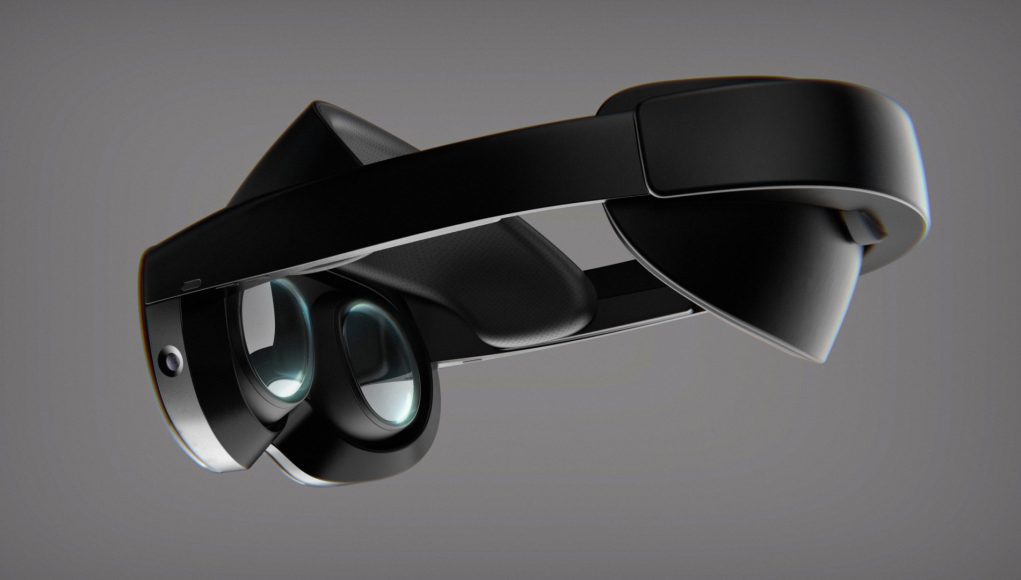
A Metaverse Headset, previously known as Oculus Quest Pro, came out in October 2022. This headset is renewed with colour pass-through and facial recognition and the ability to use both AR and VR to make it a more beneficial product.
MetaQuest 2
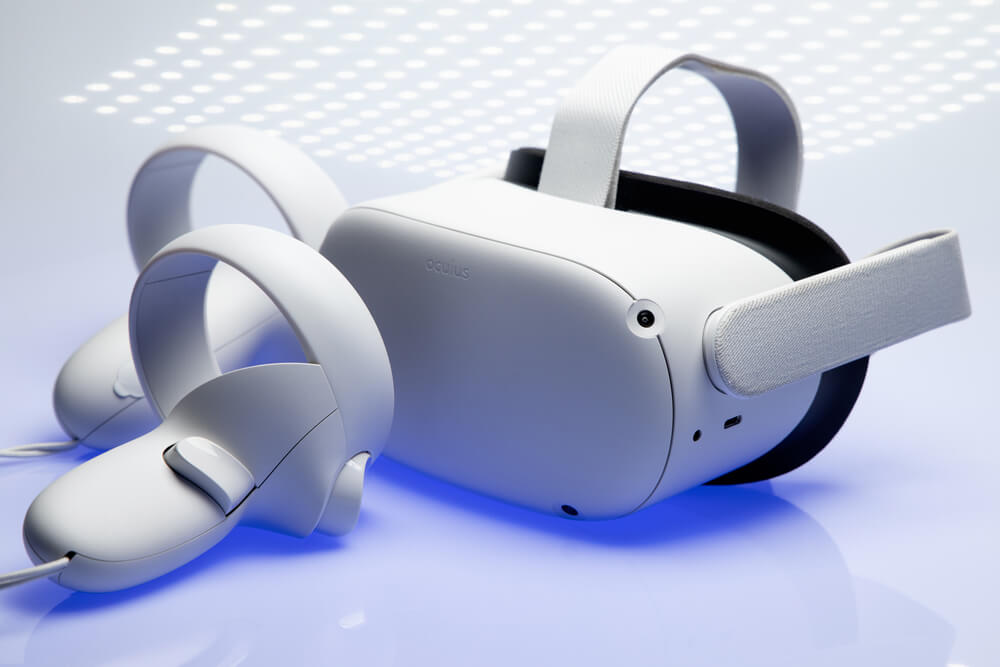
This is a much more affordable VR headset compared to Quest pro; this comes with hand tracking, 128 GB of storage space, wireless functionality and compatibility with a PC. This product offers excellent touch controllers and a dual-purpose, comfortable headset design.
Lenovo Think Reality A3
We can admit this is one of the sleekest-looking products on the Metaverse headset market. The smart glasses are compact, less bulky and a great option for office professionals. They provide access to personal workspaces and virtual playgrounds. They not only connect to Windows laptops, but the user can also install their prescribed lenses which will not upset their eyesight. The only drawback with this product is that it requires a PC with powerful processing to work efficiently.
HoloLens 2
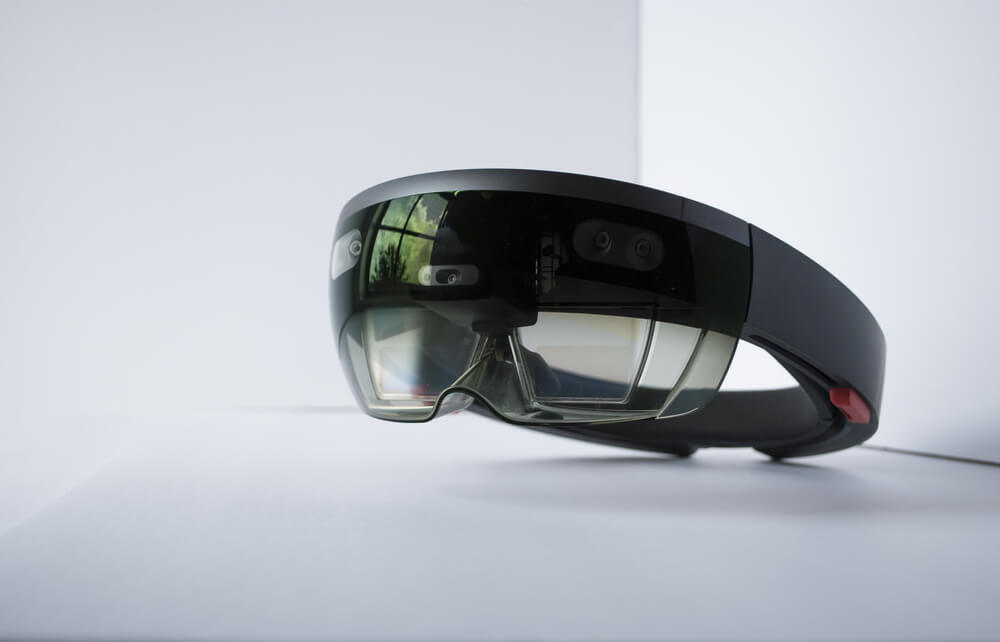
Coming down to one of the most expensive metaverse headsets is Hololens 2. This product offers access to mixed reality, where 3D virtual objects are superimposed into real-life surroundings. This means it is perfect to use in real estate companies.
see also – A Futuristic Outlook: How AR & VR Are Reshaping the Real Estate Sector?
HP Reverb G2

A product that has an incredible image resolution is HP Reverb G2. This headset offers a high-resolution display of 2160 x 2160 pixels per eye. One drawback with this product is that it requires wired connectivity and sometimes glitches with the controller.
Apple Vision Pro
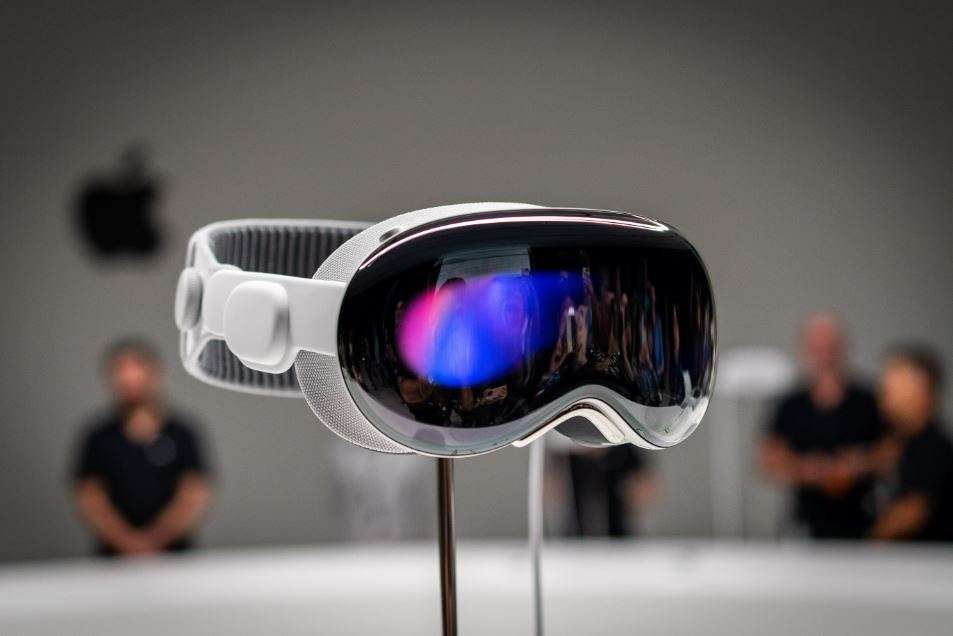
Source – theverge.com
Apple Vision Pro is another Apple product that will take you by surprise! It runs visionOS–the world’s first spatial operating system! It emanates from iOS core frameworks, whereas XR-specific provides foveated rendering and real-time interaction. The operating system employs a 3D user interface that can be controlled using finger tracking, eye tracking, and speech recognition. Vision Pro lets you interact with digital content in their physical space using natural inputs like eyes, hands, and voice. To take advantage of this enthralling creation, you’ll have to wait for 2024!
Into The Future
The future of VR is full of exciting possibilities. As we advance into the future and the world of new technology, there will be several changes and upgrades in the real estate industry too. Today is the time for VR, Artificial Intelligence, and the Metaverse to make your life easier, but tomorrow there will be several other options like never before.
Who knows, you will be greeted by a holographic realtor when you go for your next home visit. The real estate world must buckle up for the VR revolution that is already underway!


